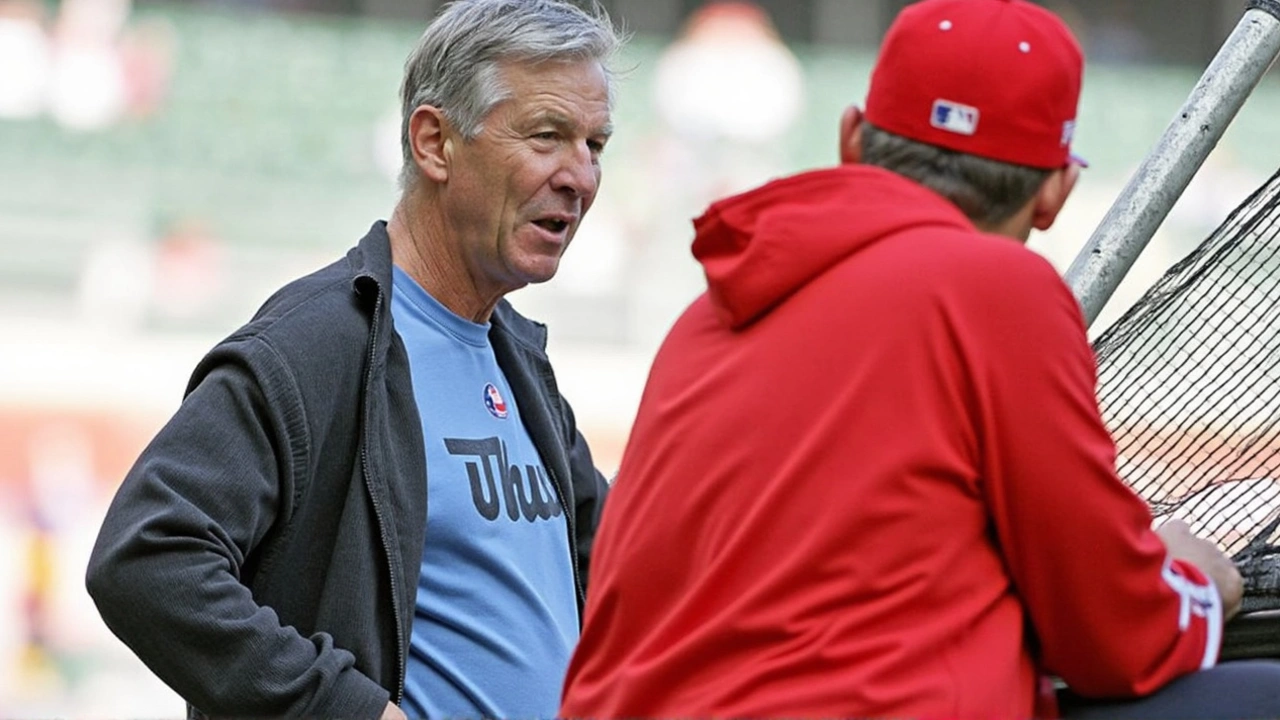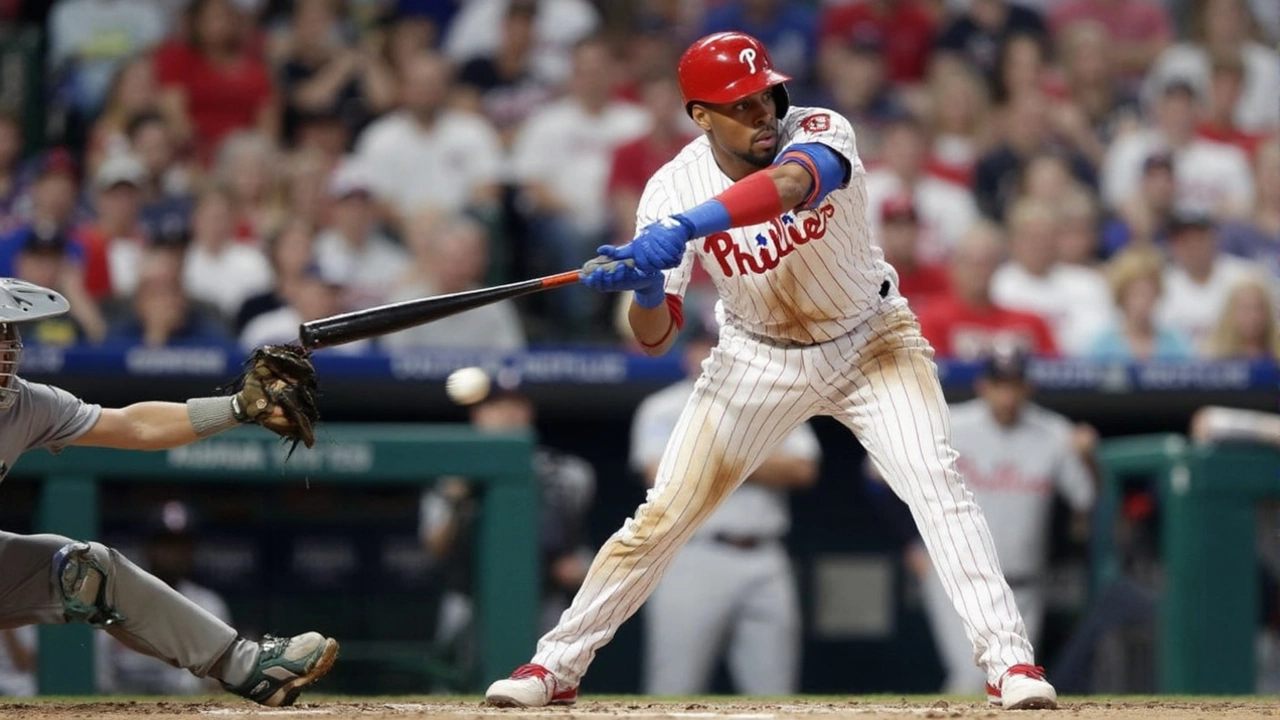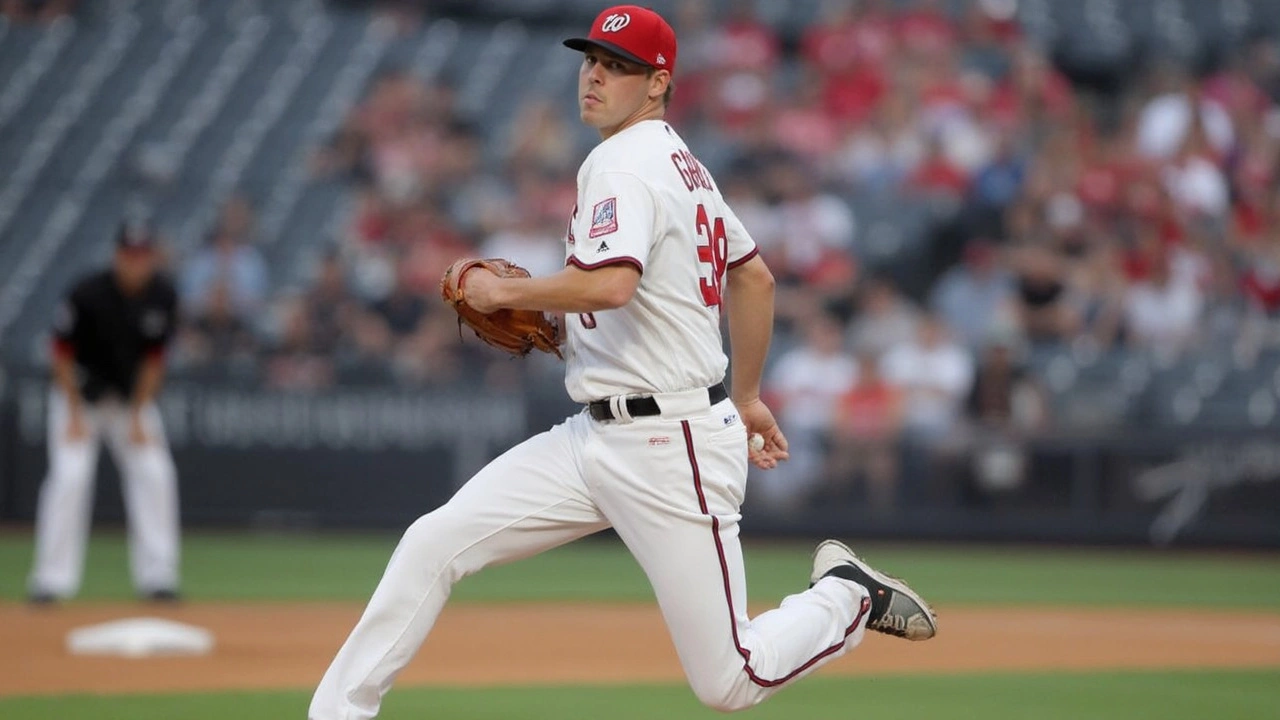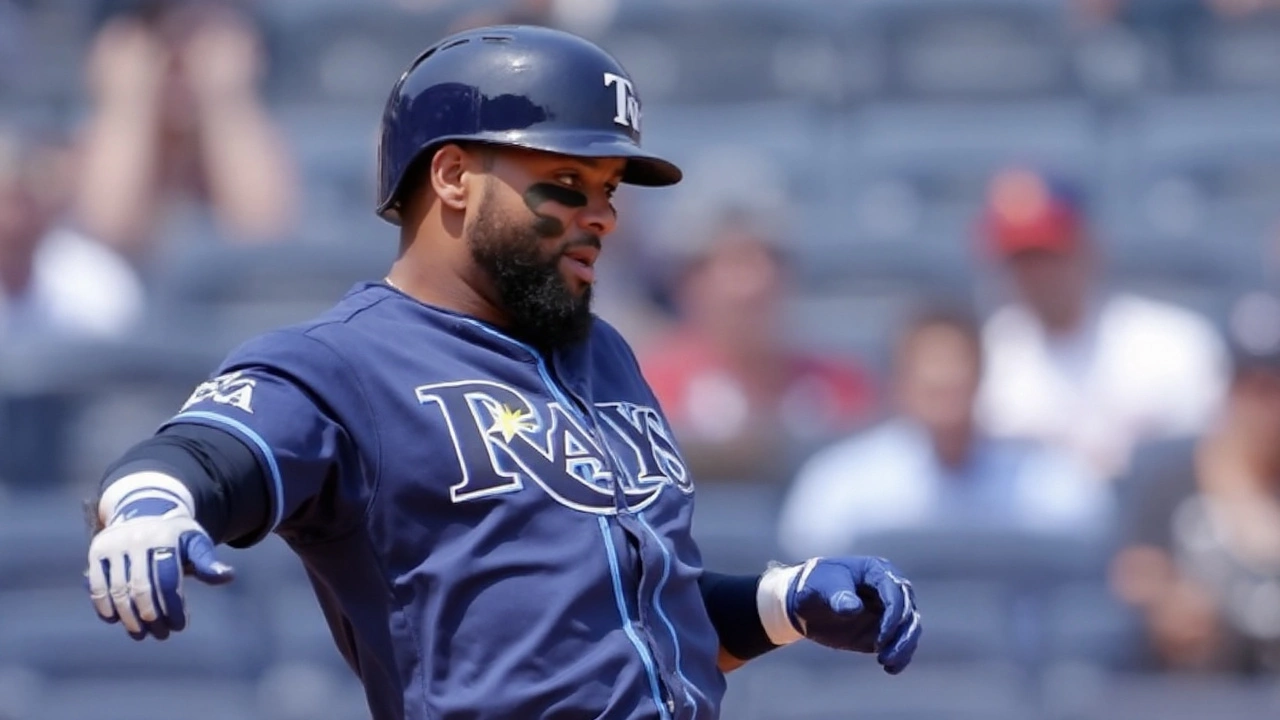Red Sox Stunned by Back-to-Back Catcher’s Interference Losses Against Phillies
Baseball fans might have thought they’d seen everything—until the Boston Red Sox lost two consecutive games to the Philadelphia Phillies on calls most players only ever hear about in quirky rulebooks. What happened in Philadelphia this July wasn’t just odd; it was historic, and left Red Sox catcher Carlos Narváez and his manager Alex Cora shaking their heads.
On the night of July 21, 2025, the Red Sox and Phillies battled into extra innings, knotted up in a game both sides were desperate to win. Bottom of the tenth, bases loaded, and Phillies’ Edmundo Sosa stood at the plate. As Sosa checked his swing, Narváez’s mitt got in the way. Home plate umpire immediately signaled catcher’s interference—a rare enough call in itself. Even after a close replay review, the ruling stood. That meant “ghost runner” Brandon Marsh walked home for the winning run. So ended the Phillies’ 3-2 victory, leaving the Sox and their fans frustrated by a rule that hardly ever decides games—let alone walk-offs. According to Elias Sports Bureau, it marked just the second time since 1920 that a game had ended like that due to catcher’s interference.
After the game, Narváez didn't dodge responsibility. He admitted that the fast, late swing from Sosa caught him off guard, leading to the mishap. The incident even surprised Phillies players, who hadn’t seen anything close to it in recent memory. Alex Cora, Boston’s manager, called the scenario "weird" and unlike anything he’d coached through before.

Second Shocker: Another Interference Call Costs Boston
Just when Red Sox players thought lightning couldn’t strike twice, it did—harder. In the very next game on July 22, things got wild again. In the first inning, Phillies’ superstar Bryce Harper broke for home, attempting a straight steal. As the pitch came in, Narváez reached to tag Harper, who slid under the tag but clipped Narváez’s glove on his way through. Umpire Edwin Jimenez saw interference, awarded Harper the run, and gave Marsh first base for good measure. This wasn’t just another quirk—it changed the tone and urgency right from the start of the game. The Phillies scored early, kept pressing, and took the win 4-1. Once again, Narváez could only watch as another freakish twist of the rulebook left his team empty-handed.
These two back-to-back interference calls made jaws drop across baseball. The rarely applied rule—designed to protect hitters against being hindered by the catcher’s mitt, even when the batter doesn’t swing all the way—was suddenly front and center in primetime. Some players, coaches, and even commentators scrambled to check the rule’s wording, still stunned that such tight games could end on what felt like technicalities.
- On July 21, it cost the Sox a sudden walk-off in extras—a finish almost no one alive could recall.
- Less than 24 hours later, it opened the door for the Phillies to grab an early lead and never look back.
- For Narváez, it was two nights of heartbreak and disbelief, all for being a bit too close with the glove at the wrong moment.
The sequence put a spotlight on an obscure but impactful rule and reminded everyone—players and fans alike—that baseball can still find brand-new ways to keep us guessing. And in Boston’s case, sometimes it just doesn’t pay to be too close to the action.


